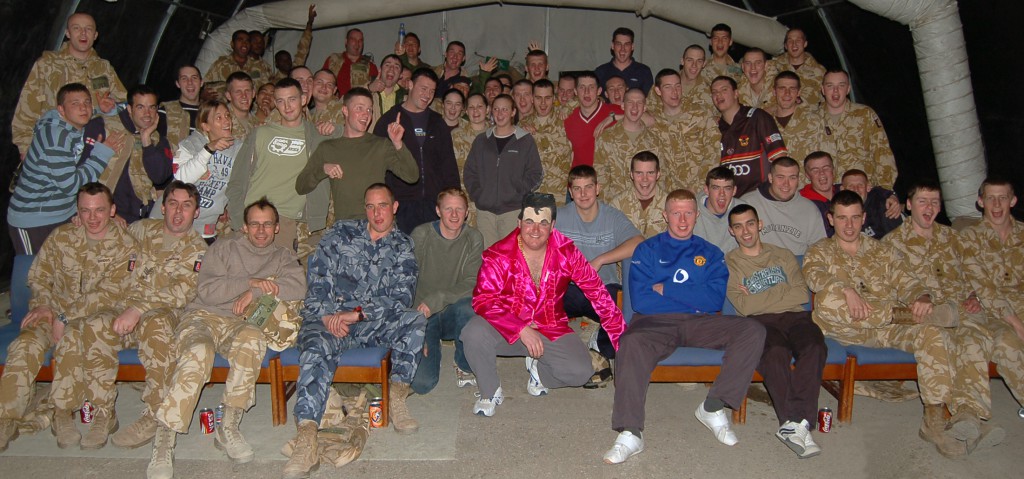Writing a blog article on leadership seems a touch predictable – it’s a very popular topic and is difficult to write about in the first person without coming across as narcissistic. So why am I writing about it? Well, it’s a skill that is vital to the success of every venture, which in my position as a CEO and Co-Founder I will be expected to demonstrate. Everybody has a different approach based on their background experiences and so what follows is mine.
Having crossed the 30 year milestone, I have done a fair bit in that time and made plenty of errors along the way. I am now on my third career, have been through two wars and have definitely carved an unusual path through life. Like so many things my thoughts on leadership are iterative and evolutionary; they are a product of my experiences so far and whilst I certainly don’t proclaim to be any kind of expert on the matter, I try to hold myself to certain standards.
Serve to Lead
‘Serve to lead’ is the motto of the Royal Military Academy Sandhurst. It is a simple way to communicate the key fundamentals of leadership: Put your people first; serve them; empathise with them. You should not however do this out of some kind of self-flagellating altruism; it is simply a higher form of self-interest. If you look out for your people, the majority of the time they will look out for you. Sure there will be some who will take advantage of your character – but they quickly make themselves very obvious and will often be self-policed by the group before you even need to step in.
Self-interest exercised the right way
On my first tour of Iraq, as a patrol commander we had a particular issue with a nasty type of roadside bomb. They were regularly killing soldiers as they easily penetrated our vehicles, but we quickly realised they always targeted the first vehicle in the patrol. We had to adapt.
Our solution was nicknamed the ‘suicide wagon’; the lead vehicle would no longer carry soldiers in the back, instead just a driver and a commander. The initial theory was to put a more junior commander in this front vehicle with the patrol commander (me) in the second vehicle to coordinate the aftermath should the unfortunate happen to the ‘suicide wagon’. The approach that myself and Rupert (a fellow officer at the time) took was to ride in the ‘Suicide Wagon’ ourselves for every patrol and rotate the drivers around where possible.
Our logic for this was ruthlessly simple and utterly self-interested:
- the front vehicle would have an unobscured view of the route ahead and could better spot the indicators that often preceded a bomb strike
- the patrol commander was now in a position to hastily adapt the plan without hesitation and rapidly choose an alternate route
- in putting ourselves (Rupert and I) in the most dangerous positions, we heavily incentivised ourselves at the patrol planning stage to get creative and try and outsmart our enemy. It also instilled confidence and trust in the soldiers who would be following us in the patrol.
Of course, the risk was now more heavily shouldered by us, rather than our soldiers. This logic can be debated by many, but we had to change our strategy and implement the decision fast. I am pretty certain our soldiers thought we were nuts, but I think they appreciated that we weren’t making them do it, and for me I certainly felt like my back was covered.
Fast forward to the modern day and I am working with a team of awesome people to create a company that I feel incredibly passionate about. Our funding is currently minimal, and not many people know who we are – yet. But why is the culture so positive? Yes, we have a vision and what we’re working on is very cool, but it’s about people. Jonny and I come from the same school of leadership and to serve our team as best we can is paramount to success. After all, it won’t be any single one of us that builds Shnergle, but the combined efforts of the team.
The acid test to all this however is not what I say on here, its what other people say about me; my reputation. Find the team on LinkedIn or twitter, reach out to a few people and ask about me. Some of it will hopefully be positive, and some will no doubt be negative, but I always strive to hold myself to a certain standard.





